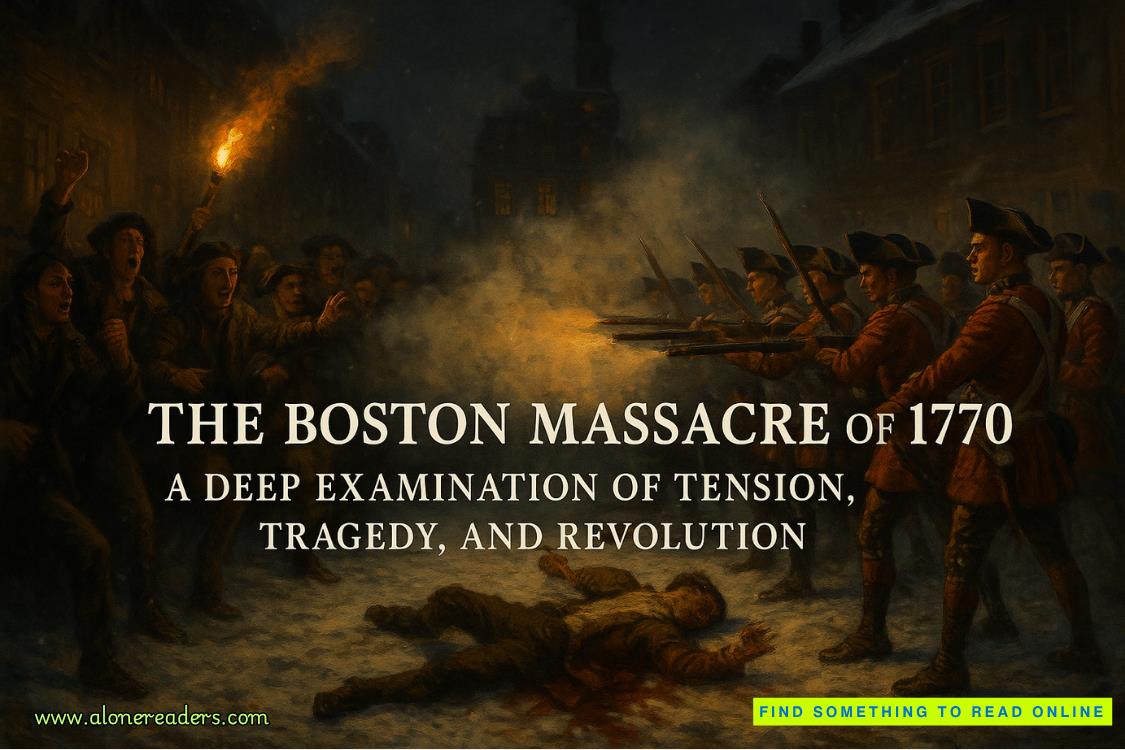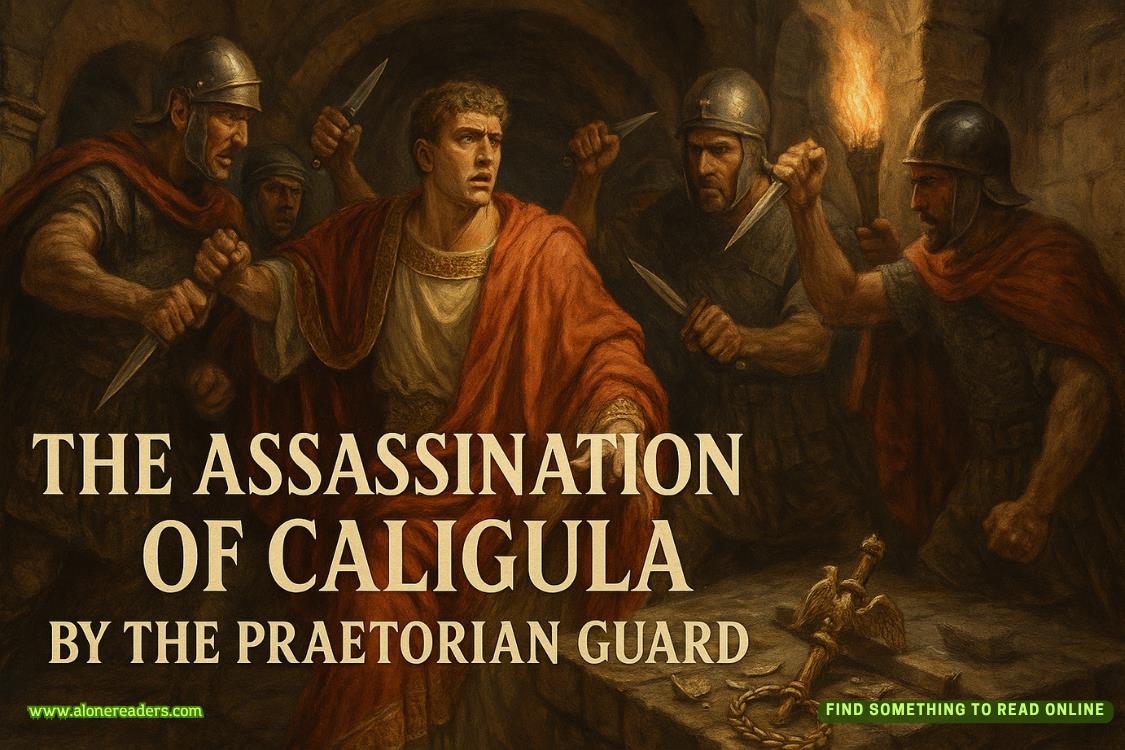Page 355 of DATE
After starting to study anatomy with Hedy, Leonardo's figures gained a more vivid sense of bodily form.
The human body was no longer stiff and formulaic, like copying a statue.
The large body began to be divided into different segments, each with its own unique way of expression.
Torso, limbs, and face...
His learning process was filled with analysis and exploration, and his growth was much faster than that of others.
"So, Hedy... how do you learn?"
Hedy, unsure, glanced at the wet oil paint on the wall and then turned to him. "There are several schools of thought."
"Several?" Leonardo paused, suddenly remembering the scene he had seen when he stood outside her window.
No lines, no deliberate grids, just the use of color and light to express everything.
He had many questions to ask her back then, but everything changed because of Sarai.
Now, as he took up his brush again in a more peaceful time, he remembered that she too was skilled in painting.
In fact, in her past life, Hedy had not only created oil paintings but also had a personal style, somewhat in line with the Impressionist movement.
Like Leonardo, she had an unquenchable thirst for knowledge across many fields, and she learned faster than most.
"The most classical one—we call it the French Academic style," Hedy said as she picked up a charcoal pencil, took his notebook, and casually drew a cross.
Of course, her "classical" style might be considered avant-garde to him.
Leonardo set down his brush, half-embracing her shoulder to observe the subtlety of her work. "A cross?"
"We can also call it the cross coordinate axis."
The cross coordinate axis is a simplified version of the grid positioning method but allows the artist to have more flexibility in judging proportions and contours.
By establishing a cross coordinate on any subject or scene, the contours and positions of surrounding elements become much clearer.
Leonardo’s pupils contracted slightly, and his mind began to race.
“My tutor advised me to first look for similarities between still life and geometric shapes, then do a transformation on the coordinate axis,” Hedy explained. Within just a few minutes, she had drawn an apple, its outline remarkably similar to the one in the corner with a bite taken out of it.
She pondered the complex relationship between the European Impressionist movement and Abstract art, deciding to start by discussing sketching.
“And the Soviets—well, we can also say the Russians.”
“The Russia that’s still part of Mongolia?”
“Yes, that one,” she replied, her pencil quickly sketching lines over the apple, establishing light and shadow contrasts. “They place greater emphasis on the expression of form in painting—and this approach is quite similar to the trends of this era.”
Highlights, gray faces, light-dark boundaries, reflections, and shadows.
This style of painting also spread to the United States, sparking much debate and exploration.
Hedy softly explained the different styles of sketching, casually drawing a Mickey Mouse beside the apple.
“As for watercolors and the Impressionist movement, that’s a more complicated story.”
The British needed accurate methods of mapping landscapes, which led to the trend of using watercolor to create maps.















